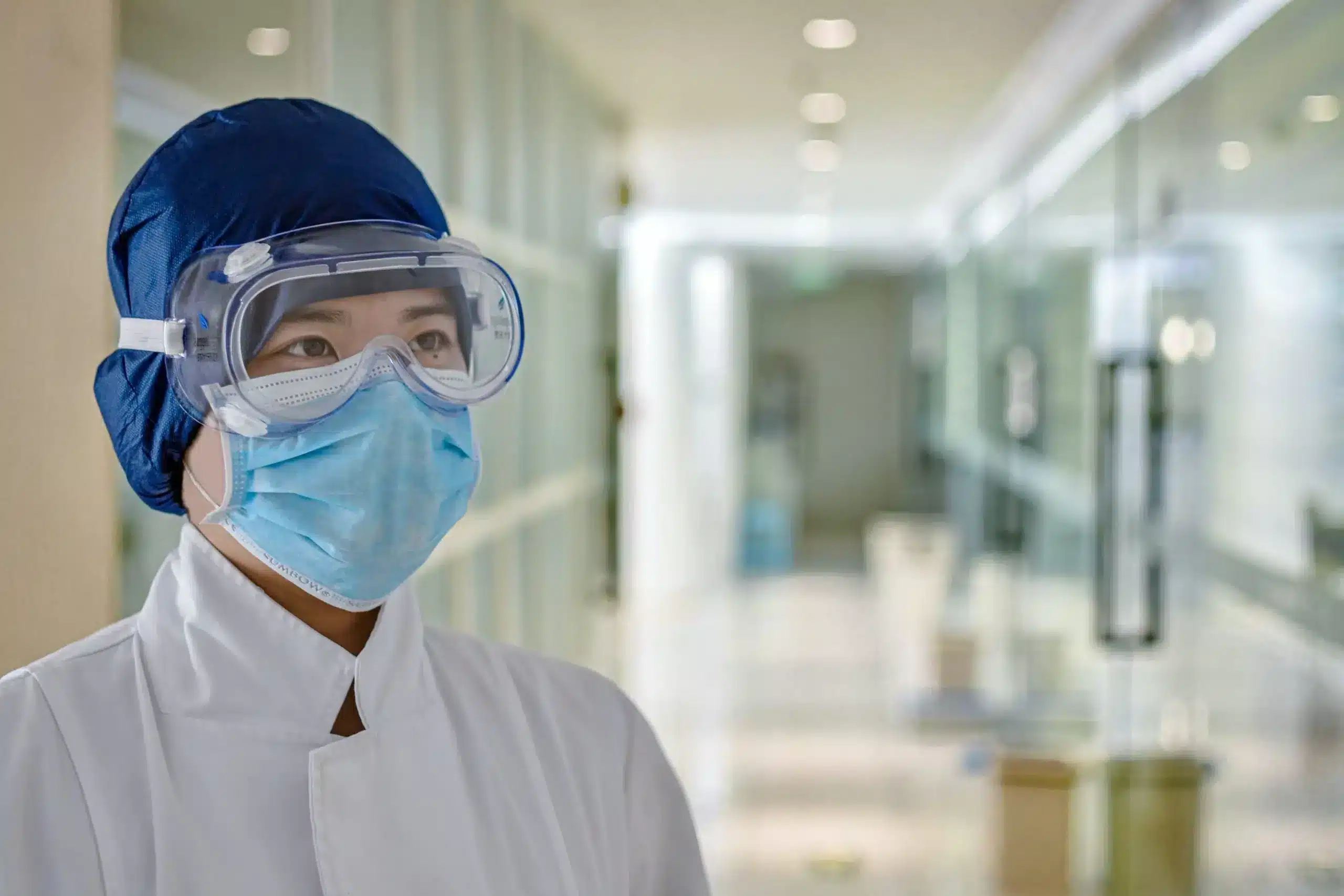Is wearing glasses can protect you from COVID-19?

H Shaw on Unsplash
A team of researchers in China have found that people who wear glasses appear to be at lower risk of catching COVID-19. The report, published in JAMA Ophthalmology, noticed that since the coronavirus outbreak in Wuhan in December 2019, few patients with spectacles were admitted to hospital suffering from COVID-19. To have a deeper understanding of the subject, they have collected data on the pattern of wearing glasses from all patients with COVID-19 as part of their medical history.
They have studied 276 patients with COVID-19. Patients were primarily reported with fever, cough, fatigue and considered as moderately ill. Among the patients, only 16 (5.8%) wore glasses for more than eight hours a day. The symptoms of people wearing glasses were similar to other patients who were not wearing glasses. The result was compared with previous research which indicates that the mean rate of myopia among students aged 7 to 22 years in Hubei province was 31.5%. The myopia rate of 31.5% is higher than the 5.8% among our patients with COVID-19.
The observation was interesting and hint towards the usage of glasses to have reduced exposure to COVID-19. While eye protection has always been an important component of personal protective equipment (PPE), the other expert raises suspicion on the magnitude of difference reported by this study. This is not to say that the results may not be real, but rather that it shouldn’t be advised for large-scale behavioural changes (such as wearing goggles alongside our face masks) until they have been independently confirmed.
The study hypothesized that eyeglasses prevent or discourage wearers from touching their eyes, thus avoiding transferring the virus from the hands to the eyes. Studies have shown that normal people will involuntarily touch their eyes about 10 times per hour. Eyes usually lack protection, and an abundance of the SARS-CoV-2 receptor has been found on the ocular surface through which SARS-CoV-2 can enter the human body.
Associated views:
The Centers for Disease Control and Prevention (CDC) also recommends eye protection with emphasis that it must be comfortable and allow for sufficient peripheral vision and must be adjustable to ensure a secure fit. It may be necessary to provide several different types, styles, and sizes. Selection of protective eyewear appropriate for a given task should be made from an evaluation of each activity, including regulatory requirements when applicable. It is also recommended that eye protection is to be appropriately fitted, indirectly vented goggles with a manufacturer’s anti-fog coating provide the most reliable practical eye protection from splashes, sprays, and respiratory droplets.
Observer Voice is the one stop site for National, International news, Sports, Editor’s Choice, Art/culture contents, Quotes and much more. We also cover historical contents. Historical contents includes World History, Indian History, and what happened today. The website also covers Entertainment across the India and World.

